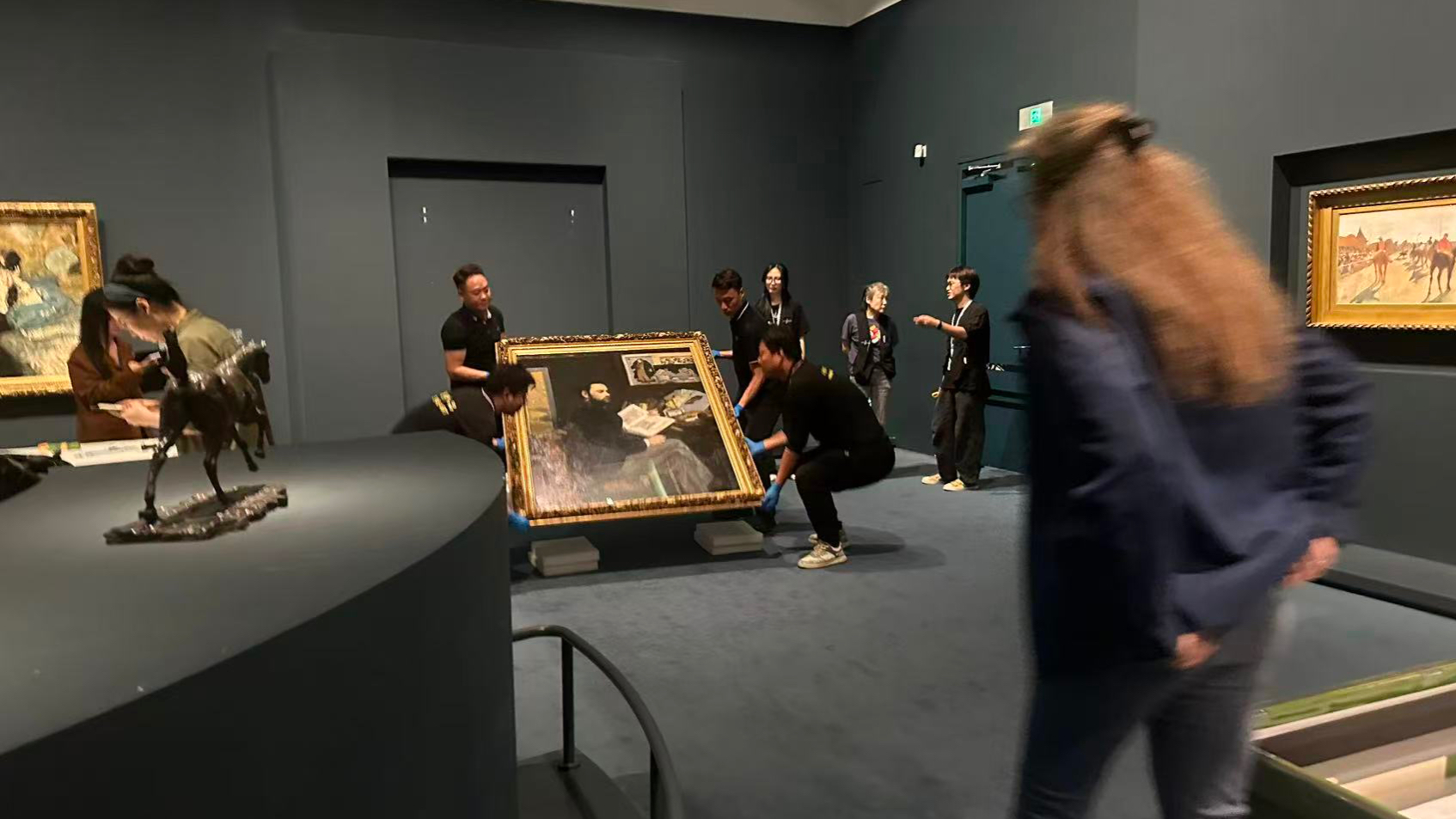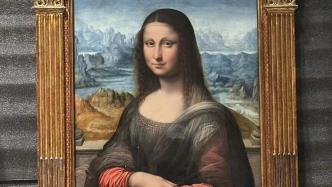
On April 23, 2024, the Pudong Art Museum will join hands with the Spanish National Prado Museum to launch the exhibition "Glorious Times: Spanish Past in the Prado Museum". This is the largest exhibition held by the Prado Museum in China. The works span the 16th to 20th centuries, including works by nearly 50 European artists including Titian, Veronese, El Greco, Rubens, Zurbarán, Velázquez, Murillo, Goya, etc. The exhibition is also a special project tailored for the Pudong Art Museum.
On the morning of April 16, the highlight of the exhibition, the "Mona Lisa" (hereinafter referred to as "Mona Lisa") from the Prado Museum, was unpacked in the exhibition hall on the first floor of the Pudong Art Museum. When the work was opened, a "Mona Lisa" brighter than the Louvre version appeared before the eyes. This visit to Shanghai is also the second time that this work has left the Prado. It was only on loan to the Louvre in 2012.
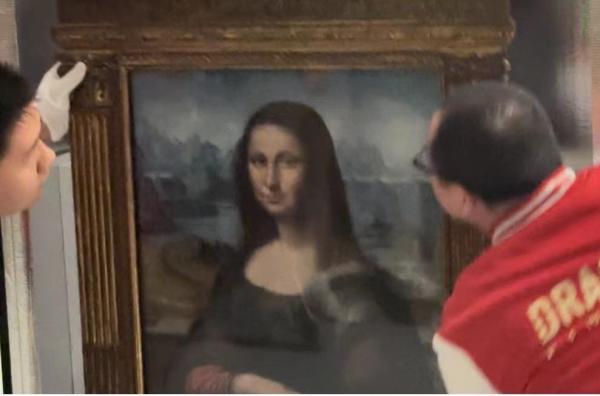
The moment of unboxing the "Prado Mona Lisa".
It is reported that "Glorious Times: Spanish Past in the Prado Museum" will be exhibited in the first and third floor exhibition halls of the Pudong Art Museum. The first floor exhibition hall will focus on one of the most historically valuable characteristic works in the Prado Museum's collection - Prado's "Mona Lisa". This painting is considered to be the oldest of all known copies of Leonardo da Vinci's "Mona Lisa". The exhibition will interpret the inextricable connection between the Prado version of "Mona Lisa" and the original work in the Louvre through documents and multimedia.
Li Minkun, deputy general manager of Lujiazui Group and chairman of Pudong Art Museum, said at the unpacking ceremony: "This Mona Lisa is probably the closest to Leonardo da Vinci's work of similar works in the world, and it is also very mysterious and exquisite. This major cooperation between Pudong Art Museum and Prado Museum is also the most grand exhibition of Prado in China and even in the world in the past decade. This time, 70 works were selected, bringing together many shining masters in the Prado's collection."
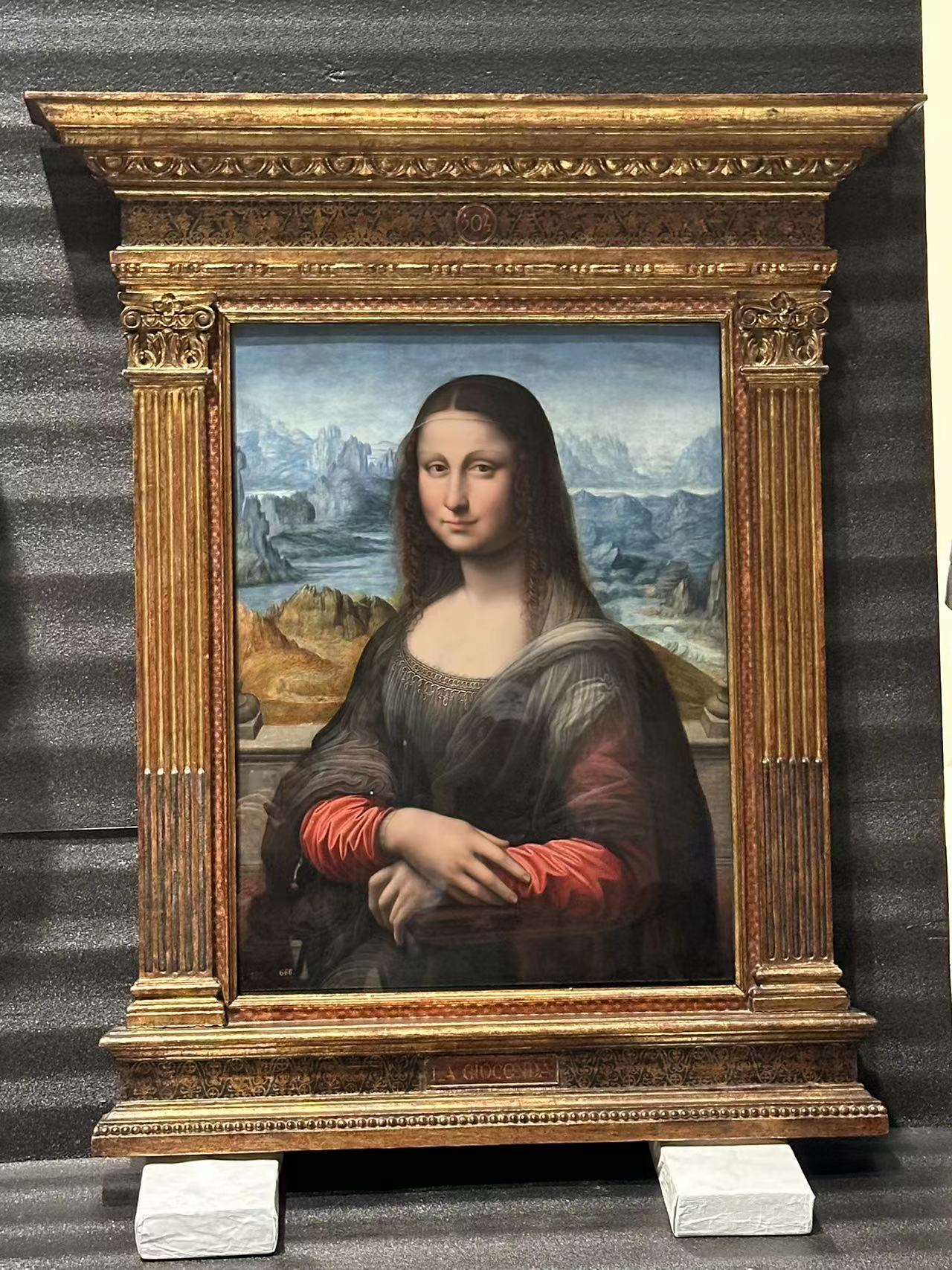
The Mona Lisa at the Pudong Art Museum
"In 2012, research findings on the Prado Mona Lisa also revealed how Leonardo da Vinci's studio worked. Now we know that this is a work painted in the first half of the 16th century. When the Prado Mona Lisa was painted, the painters involved not only knew the original Mona Lisa very well, but also knew the various resources and drawings used by Leonardo da Vinci's studio. It is for these reasons that we can learn more about the work of Leonardo da Vinci's studio and discover the quality and value of this work in the Prado Museum." Pedro J. Martínez Plaza, the curator of the exhibition and the 19th Century Painting Department of the Prado Museum, said in an interview with The Paper Art Review.
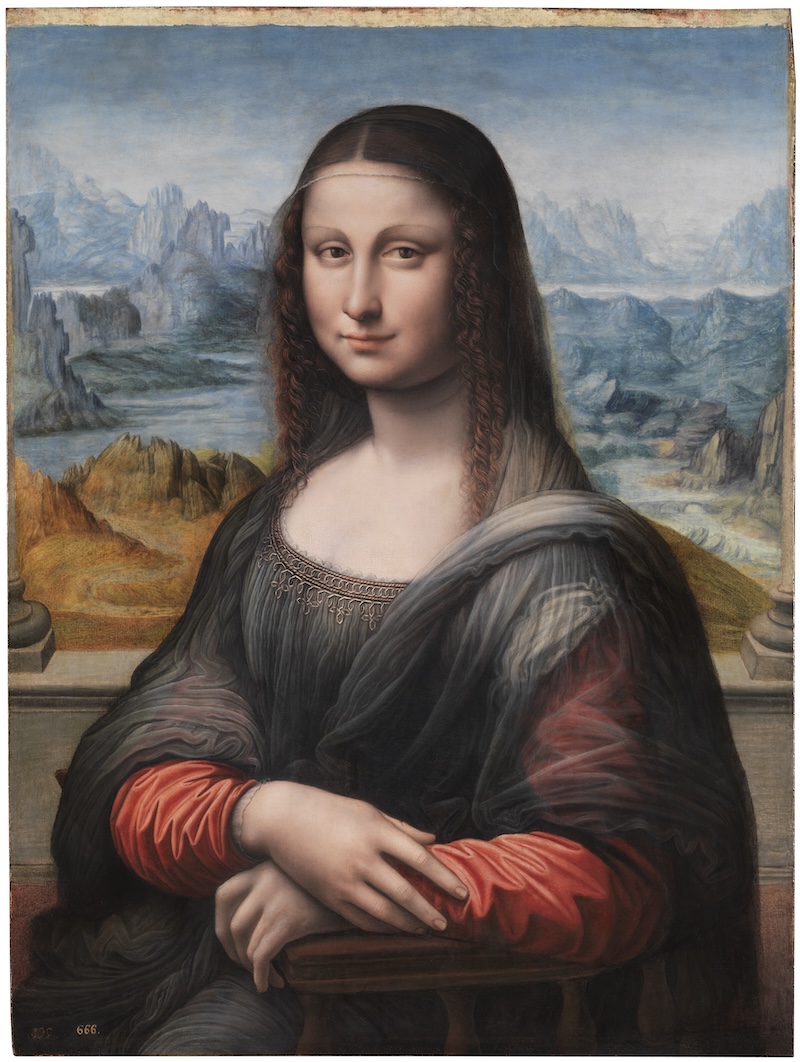
Leonardo da Vinci's Studio, "Mona Lisa", circa 1507/1508-1513/1516, oil on wood, collection of the Prado National Museum
The past and present of the Mona Lisa at the Prado Museum
The Prado Mona Lisa is a painting from Leonardo da Vinci's studio that depicts the same person as Leonardo da Vinci's version of the Mona Lisa. The painting has been in the Prado Museum in Spain since 1819 and was long considered a relatively unimportant copy.
The earliest record of the Prado Mona Lisa appears in a 1666 inventory of items in the Royal Castle of Madrid, where it is called "Woman by Leonardo". However, it is unclear when the work became part of the Spanish royal collection, but it may have been in Spain in the early 17th century. Since the Prado Museum was founded in 1819, the painting has been part of its permanent collection.
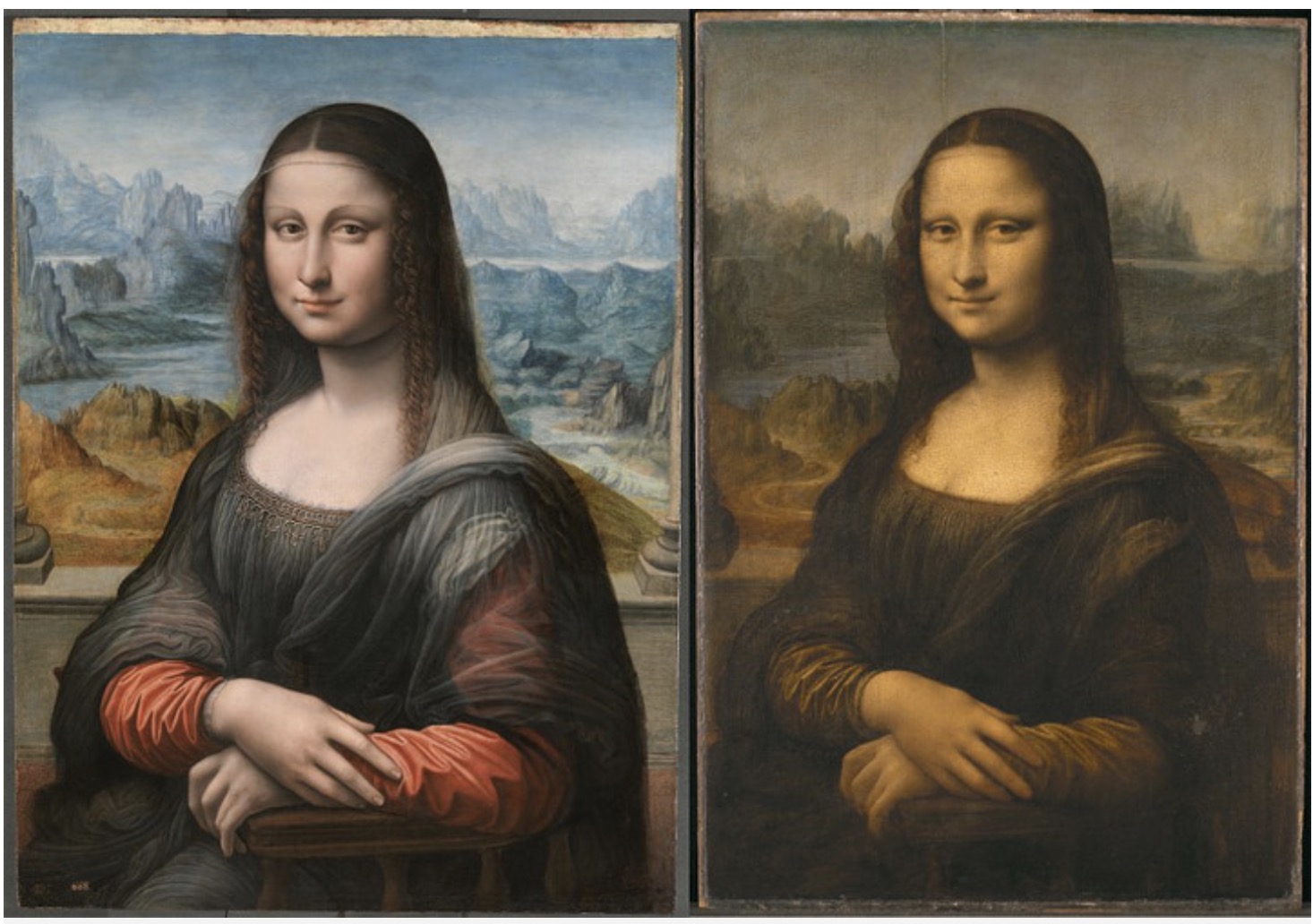
The Mona Lisa at the Prado (left) and the Mona Lisa at the Louvre
However, during the restoration of the Mona Lisa in the Prado Museum in 2011, experts discovered that the painting was actually painted in Leonardo da Vinci's studio at the same time as the original Mona Lisa in the Louvre. Since then, the work has become one of the Prado Museum's most popular treasures.
Before the restoration, the painting was attributed to an anonymous early 16th-century copy, which was usually exhibited alongside paintings by Italian artists such as Raphael or Andrea del Sarto. Unusually for an anonymous copy, a lithograph version of the work also exists.
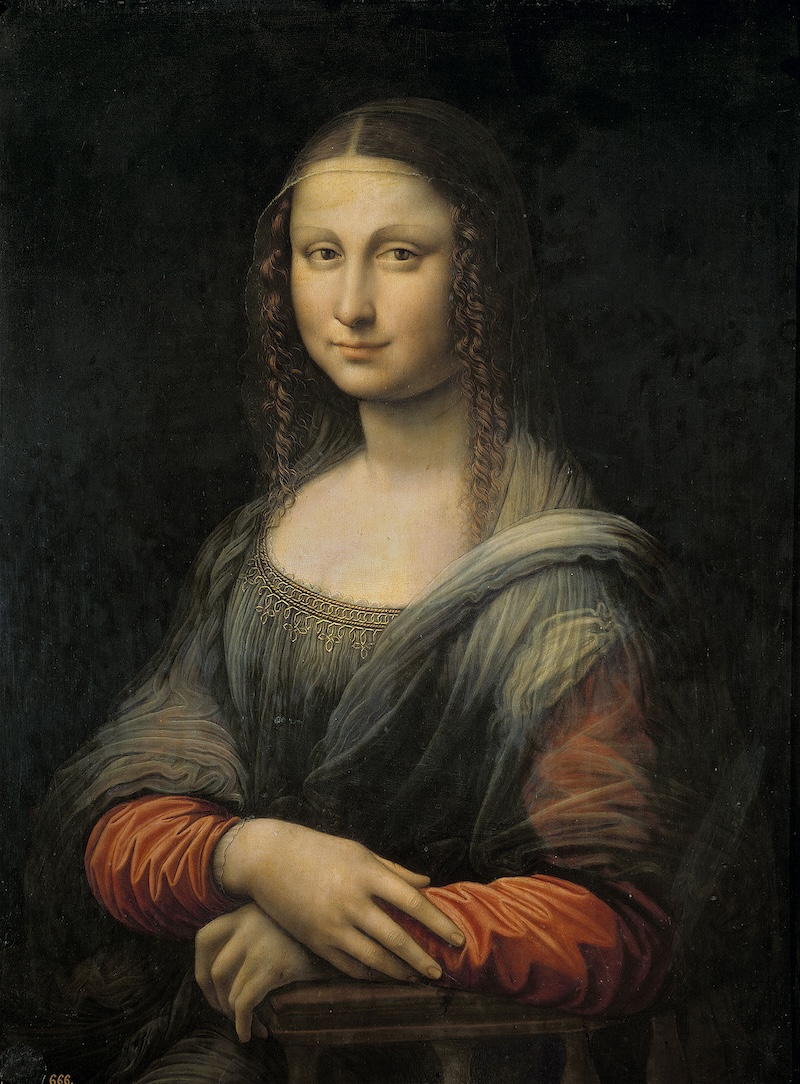
The Prado Mona Lisa was restored with a black background
The background of this work was black before restoration. After the restoration work of the Prado Museum from 2010 to 2012, the background landscape was completely restored to its original appearance. "Before the restoration, the landscape in this work was covered by a layer of dark pigment, and the content underneath could not be seen. Before the restoration, the painting was constantly aging due to the effect of varnish and could not show its great value." Curator Plaza said.

Detail of the eyes of the Louvre version of Mona Lisa

Detail of the eyes of the Mona Lisa from the Prado
Oxidation of the paint suggests that the black background was applied 200 years after the painting was created (no earlier than 1750). During the restoration work, a comparison of the Prado and Louvre Mona Lisa using infrared photography techniques showed that the Prado and Louvre Mona Lisa were likely created at the same time and that the Prado Mona Lisa copied much of the original’s creative process without attempting to imitate it. Many of the invisible alterations in the Louvre Mona Lisa are repeated in the Prado painting’s wood panel. The latter also shows corrections and free lines that are unrelated to the original, reflecting the painter’s misgivings and suggesting a more complex process than a mere copy – proof that although the studio painters worked under Leonardo’s supervision, he allowed them to retain their own style.
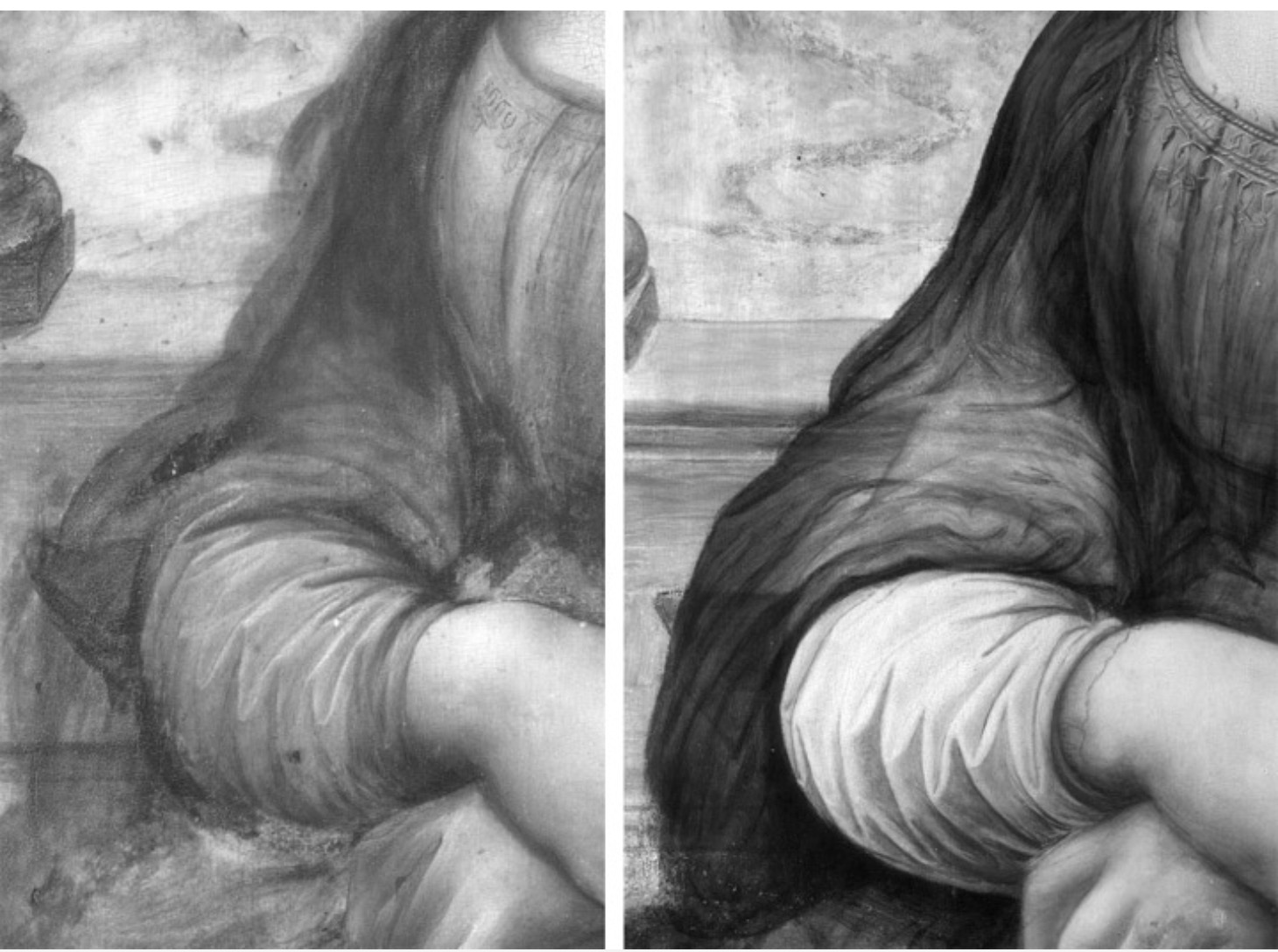
The Louvre's Mona Lisa (left) and the Prado's Mona Lisa (right) under infrared imaging
After the restoration, the work was loaned to the Louvre in 2012 for the special exhibition "Saint Anne: Leonardo da Vinci's Last Masterpiece". This time at the Pudong Art Museum, it is also the first time that the work has left the Prado Museum since the Louvre.

The Mona Lisa in the Prado uses one-point perspective
The Pudong Art Museum’s special section “Glorious Times” focuses on the history of the Prado Mona Lisa before, during and after its restoration in 2011.
According to reports, at the beginning of the exhibition, visitors will see a series of photographic originals, reproductions and animations to explore the exhibition of the Prado's "Mona Lisa" in different periods and different exhibition plans of the museum. The second part will focus on the restoration and research work carried out by the Prado Museum, which not only reveals the true appearance and value of the painting, but also shows the scenery in the background of the picture that was previously obscured. Finally, visitors can watch this masterpiece up close and gain a deeper understanding of the significance of this painting through rich details and auxiliary materials.
10 themes to tell about the Prado Museum and "Spanish past"
It is reported that the exhibition hall on the third floor of the Pudong Art Museum will tell the story of "Spanish Past in the Prado Museum" in 10 thematic units - from court celebrations, dynastic regimes, myths, spiritual beliefs, people's lives and many other aspects, in-depth analysis of Spain's historical, social and political evolution from the reign of Charles V to the early 20th century for nearly five centuries.
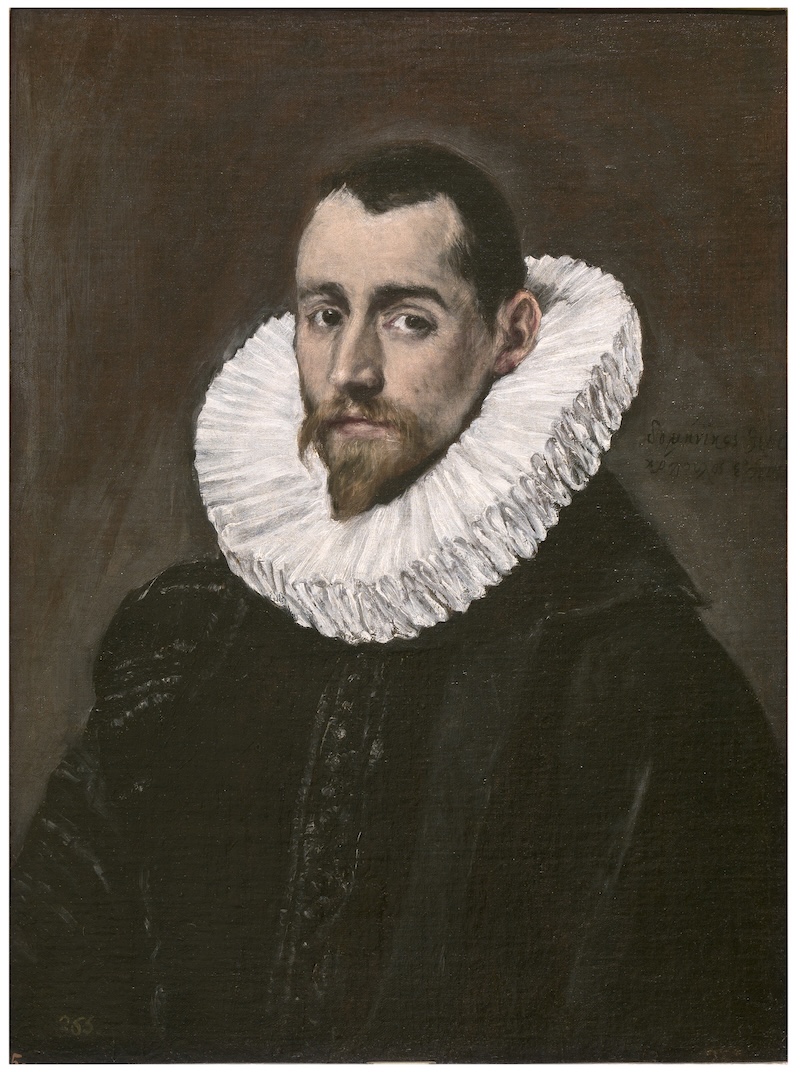
El Greco, Portrait of a Young Gentleman, circa 1600-1605, oil on canvas, collection of the Prado National Museum
The exhibition pays particular attention to the development of certain genres, such as mythological painting, comedian painting, still life painting and religious painting, and presents them in detail. Among them, the exhibition hall focusing on mythological themes is particularly eye-catching. It reminds people of the "Secret Room" (Sala Reservada) created in the first decades of the Prado Museum. In addition, there are 8 masterpieces from Goya in the exhibition, making him the artist with the most works on display.

Francisco de Goya, The Parasol, 1777, oil on canvas, Museo Nacional del Prado
The Prado National Museum is located in Madrid, Spain and is considered one of the best museums in the world. Its collection is based on the Spanish royal collection, and has gradually expanded through donations and purchases, and now includes European art masterpieces from the 12th century to the early 20th century.
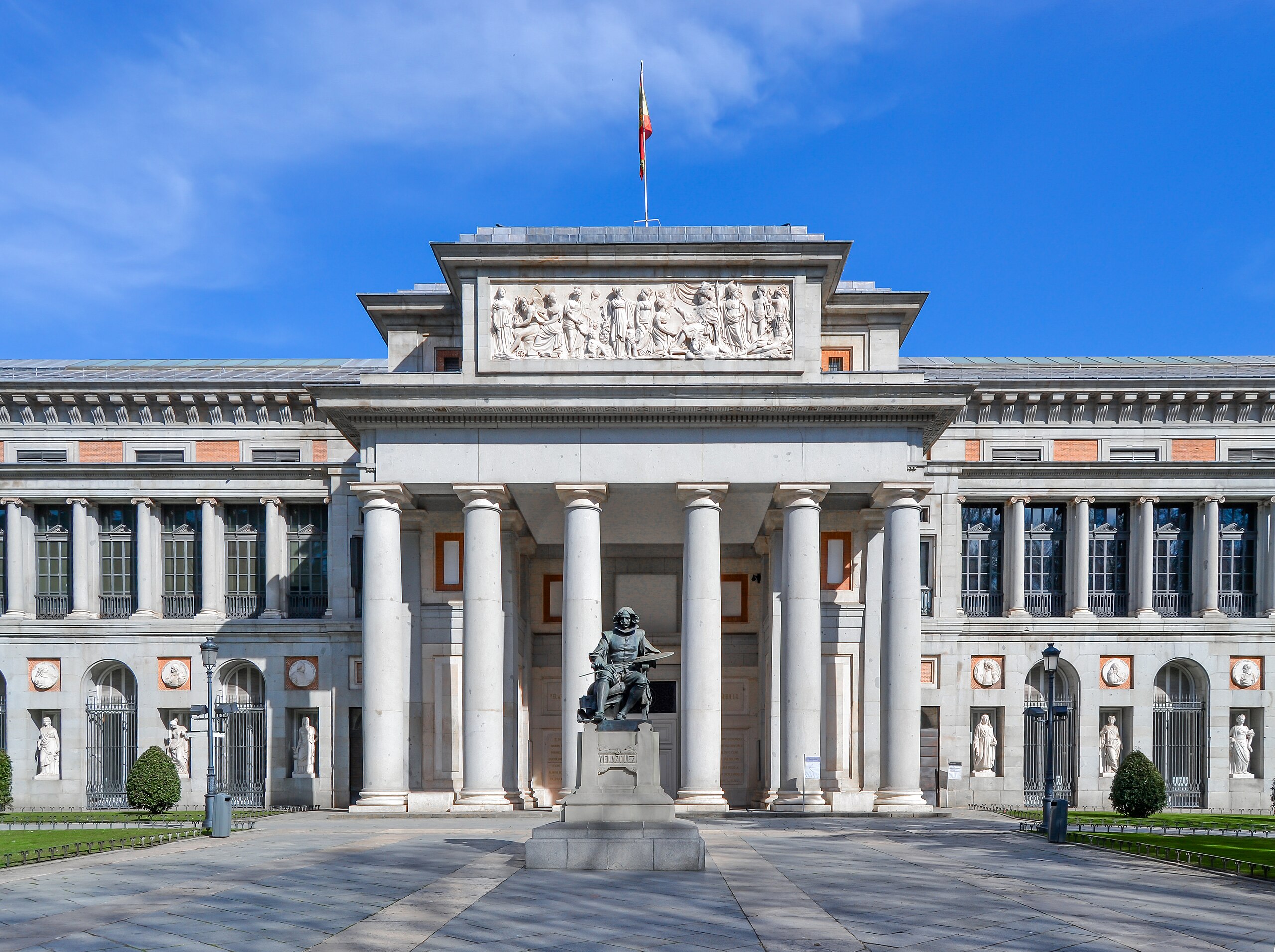
Prado National Museum
The museum was first built by the order of King Carlos III of Spain and designed by the famous Spanish architect Juan de Villanueva in 1785. The building was originally intended to be a natural history museum. Later, with the funding and promotion of Fernando VII, the grandson of Carlos III, and his wife Queen Isabel de Braganza, the museum became the Royal Museum of Painting and Sculpture, aiming to showcase Spain's rich and colorful artistic and cultural heritage to domestic and foreign audiences. In November 1819, the museum was first opened to the public; in 1868, the museum was nationalized and officially renamed the Prado Museum.

Peter Paul Rubens, "Philip II on Horseback", circa 1630-1640, oil on canvas, Museo Nacional del Prado
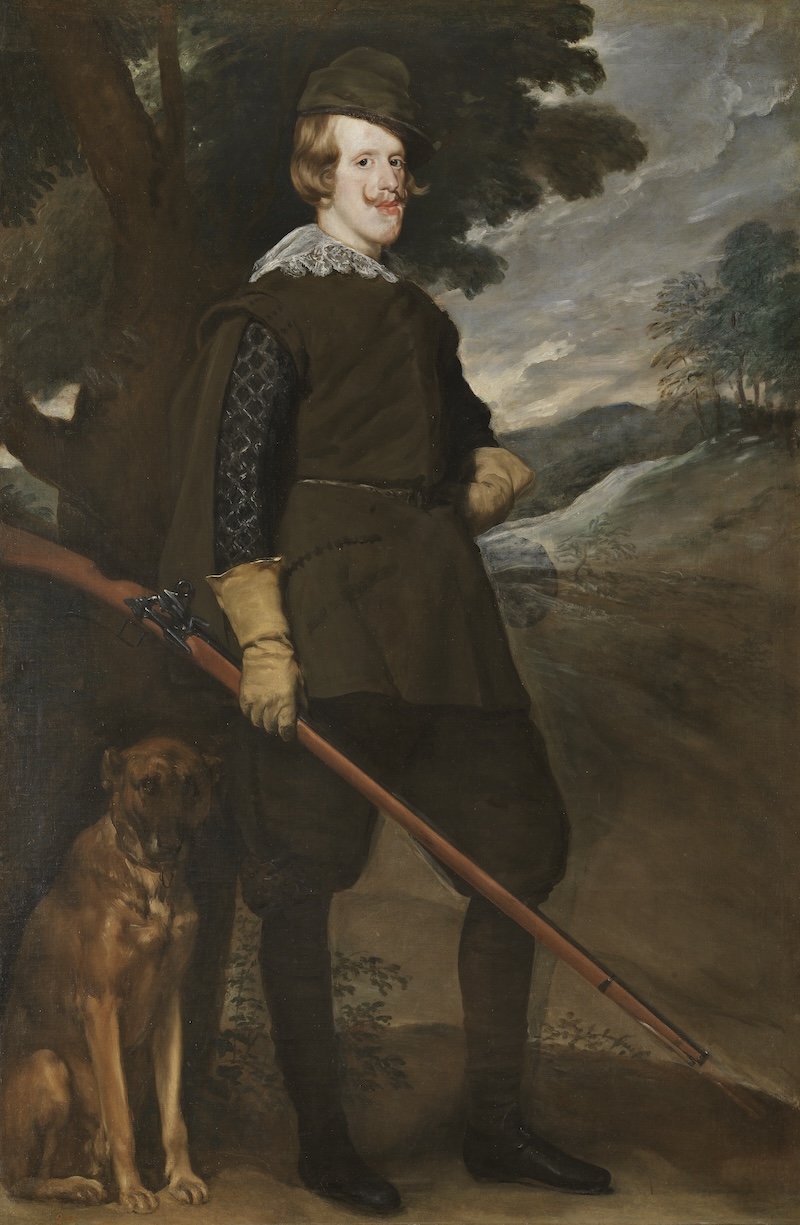
Diego Velázquez, "Felipe IV in Hunting Costume", circa 1632-1634, oil on canvas, Museo Nacional del Prado
At present, the Prado Museum is one of the most important European art collections in the world. It has about 1,500 paintings, more than 300 sculptures, and various decorative arts on display for a long time. It is the museum in the world that has the most works by Velázquez and Goya. It also has works by European masters such as Raphael, Michelangelo, Titian, Rubens, Rembrandt, Dürer, Paolo Veronese, and other works by Italian and Greek painters during the Renaissance. The most famous of these is Velázquez's "Las Meninas". Velázquez not only contributed his masterpiece to this museum, but also collected many works of famous Italian painters for this museum with his unique vision and appreciation. Picasso once created 58 works based on "Las Meninas". His masterpiece "Guernica" also returned to Spain after the restoration of democracy in Spain. It was first collected and exhibited in the Prado Museum, but later moved to the Reina Sofia National Art Center Museum.
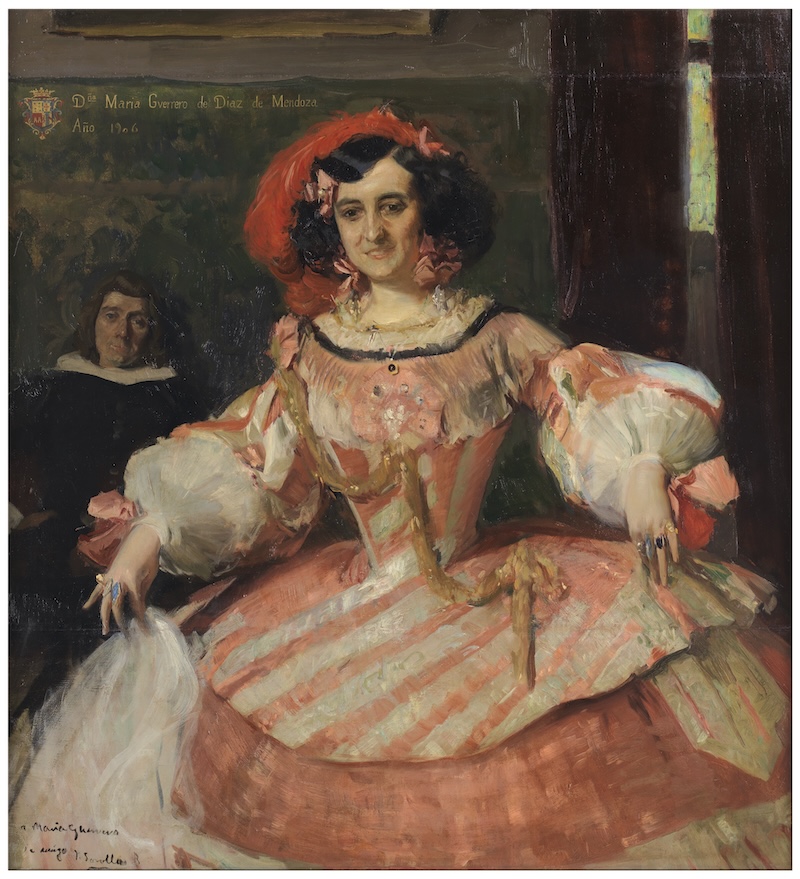
Joaquín Sorolla, "The Foolish Girl Played by the Actress María Guerrero", 1906, oil on canvas, Museo Nacional del Prado
The Prado Museum holds a large number of temporary exhibitions every year, not only in its home city of Madrid, but also in other cities around the world to promote its collection of treasures. This exhibition at the Pudong Art Museum will present 70 original oil paintings from the Prado Museum's collection, 16 of which are leaving Spain for the first time, 9 of which are leaving the Prado Museum for the first time, and more than half of the exhibited works are touring Asia for the first time.
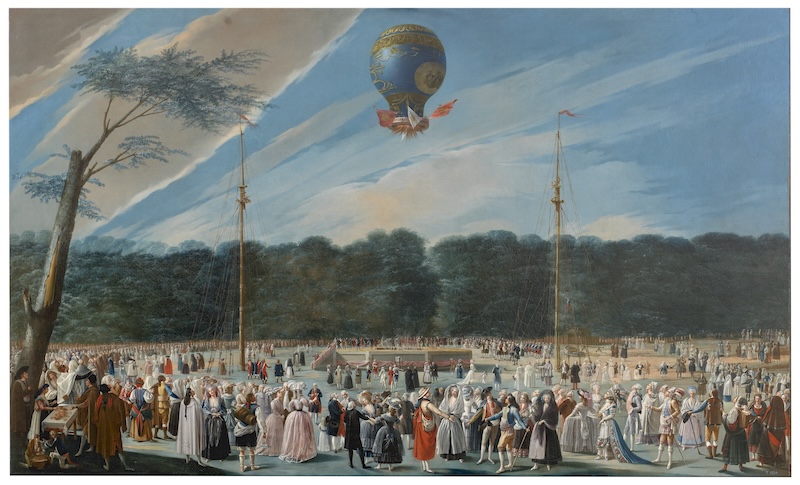
Antonio Carnicero y Manseo, The Ascent of the Montgolfier Balloon in Aranjuez, 1784, oil on canvas, Museo Nacional del Prado
Note: "Glorious Times: Spanish Past in the Prado Museum" is produced by Shanghai Lujiazui (Group) Co., Ltd. and co-organized by the Prado National Museum and Pudong Art Museum. The exhibition time is from April 23 to September 1, 2024.

